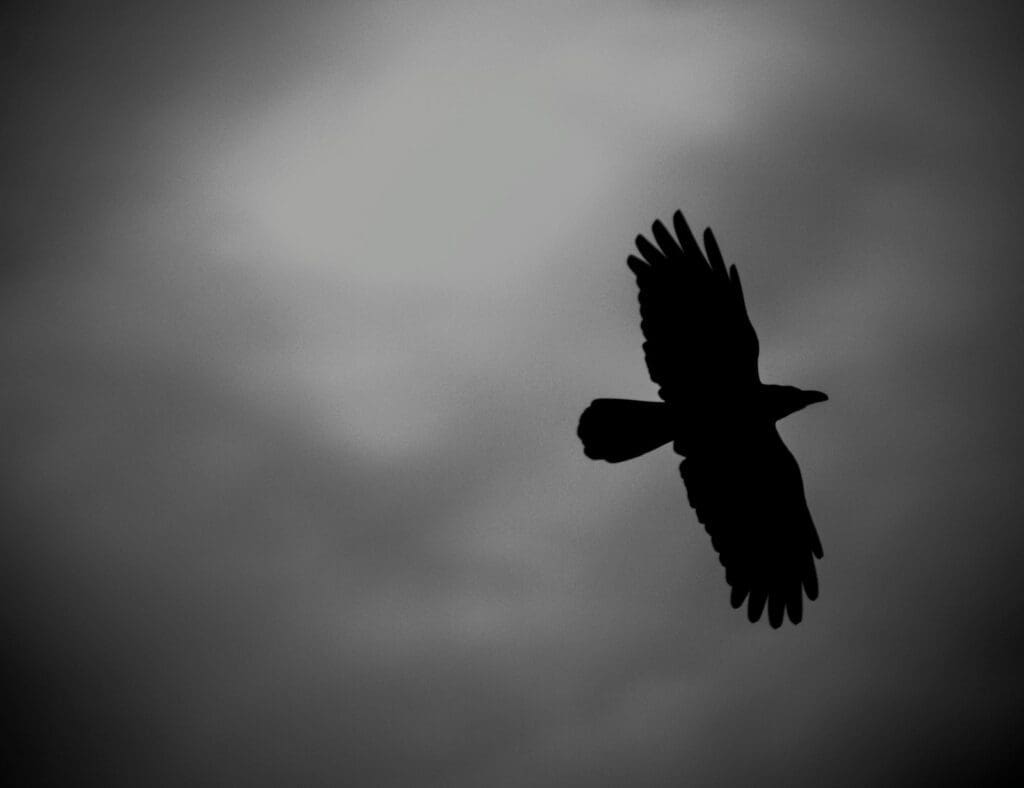
A Guide to Mastering Nighttime Wildlife Shots
Photographing nocturnal animals offers a unique window into the rarely seen behaviors and rituals that take place under the cover of darkness. As the sun sets, a whole new realm of wildlife activity begins, presenting photographers with the challenging opportunity to document the lives of these elusive creatures. The art of capturing images at night requires a combination of technical skills, patience, and an understanding of animal behavior. Nighttime wildlife photography not only tests the limits of one’s equipment but also demands creativity in approach and technique.
One of the main challenges in night photography of wildlife is dealing with low light conditions, which can result in grainy images or missed shots altogether. Photographers must navigate this by adjusting their camera settings, such as ISO, aperture, and shutter speed, to compensate for the lack of light while minimizing disturbance to the animals. Techniques like long exposures and the use of artificial lighting can help illuminate subjects, but these methods must be balanced with the welfare of the animals, ensuring that the photography does not impact their natural behavior.
Armed with the right knowledge, such as the tips provided by National Wildlife Federation, photographers can delve into this niche field to reveal the intriguing nocturnal world. Setting out into the night with cameras in hand, they become observers and storytellers, sharing compelling visuals that might otherwise go unseen. The results can be stunning, portraying the night’s beauty and the animals that thrive in it, making all the meticulous preparation and patience worthwhile.
Understanding Nocturnal Wildlife
Photographing nocturnal animals requires a deep appreciation for their unique lifestyles. Gaining insight into the nocturnal world enriches a photographer’s ability to capture stunning images of these elusive creatures.
Species Characteristics
Nocturnal animals exhibit various adaptations that enable them to thrive in the darkness. Mammals such as bushbabies have large eyes that absorb more light, improving their night vision. Similarly, many owls possess exceptional hearing, with ear tufts that effectively pinpoint the location of prey rustling in the underbrush. Reptiles, on the other hand, often come equipped with infrared sensory organs that allow them to detect the body heat of their prey.
| Animal Group | Notable Adaptation |
|---|---|
| Mammals | Enhanced visual acuity. |
| Birds | Acute hearing and silent flight. |
| Reptiles | Heat sensing capabilities. |
Nocturnal Animal Behavior
The behavior of nocturnal species is primarily centered around the dynamics of predator and prey. Predators often silently stalk or wait in ambush, using the cloak of night to conceal their movements. Prey animals, in contrast, may evolve behaviors or physical traits that reduce their chances of detection or capture. The interplay between the hunter and the hunted shapes the behavior patterns of many nocturnal species, making understanding these interactions crucial for wildlife photographers looking to document their nocturnal activities.
Photography Gear and Settings
Selecting the correct photography gear and adjusting camera settings are pivotal steps in capturing the beauty of nocturnal wildlife. Photographers need to ensure their equipment can handle the challenges of low-light conditions and that settings are optimized to capture sharp, detailed images without disturbing the subjects.
Choosing the Right Camera and Lens
The choice of camera and lens can greatly influence the outcome of nighttime wildlife photographs. A camera like the Canon EOS-1D X Mark III or the Canon EOS R5 is well-suited for this task due to their superior low-light performance. Additionally, when selecting lenses, wildlife photographers should consider a telephoto lens with a wide aperture such as f/2.8 to allow more light to reach the sensor, which is crucial in dark environments.
| Camera Model | Type | Notable Feature |
|---|---|---|
| Canon EOS-1D X Mark III | DSLR | High ISO capabilities |
| Canon EOS R5 | Mirrorless | Advanced autofocus system |
For lenses,
- Telephoto lens with a wide aperture is preferred (e.g., f/2.8).
- A lens with image stabilization can be helpful to reduce blur.
Optimal Camera Settings for Night Photography
Night photography demands specific camera settings to ensure clarity and detail. Setting the right shutter speed is a balancing act; too fast and the photo will be too dark, too slow and the animals might be blurry. Typically, a shutter speed of 1/400sec, as mentioned on Amateur Photographer, might be a good starting point. ISO needs to be high enough to capture the scene without introducing too much noise—ISO 800 might work well, but this depends on the camera’s noise performance at higher sensitivities.
Here are a few setting guidelines:
- Aperture: Wide open (e.g. f/2.8) to let in as much light as possible.
- Shutter Speed: Fast enough to freeze motion but slow enough to avoid underexposure.
- ISO: High enough to adequately expose the shot without excessive noise.
Finally, using a tripod and a gimbal head is crucial for stability and to manage the heavy lens weight, as smooth movement and stability are essential for sharp images when using slow shutter speeds. A sturdy tripod and gimbal head can make a substantial difference. Adding a flash might be tempting, but it can disrupt the animals; thus, it’s vital to use it judiciously or with devices designed to minimize disturbance.
Techniques for Night Photography
Capturing the elusive beauty of nocturnal animals requires an understanding of specific photographic techniques due to the challenges posed by darkness. This section delves into effective strategies for working with low light conditions and the crucial steps needed in post-processing to bring out the best in your night-time wildlife images.
Working with Low Light
In the realm of low-light photography, choosing the right equipment is pivotal. Photographers should opt for a fast lens with a wide aperture, such as f/2.8 or wider, to allow more light to hit the camera sensor. Utilizing a tripod coupled with a remote shutter release minimizes camera shake, ensuring sharp images even with long exposures.
When spotlighting is employed to illuminate subjects like moths, a flashlight or a dedicated spotlight should be used to cast an artificial light without startling the animals. It’s important to adjust the camera settings to manual mode, optimizing both the shutter speed to freeze motion and ISO to control the sensor’s sensitivity to light.
Post-Processing Tips
The art of night photography continues at the computer where post-processing can help correct colors and enhance details. Adjusting white balance ensures the colors are true to nature, especially when artificial light sources are used. Tweaking the highlights can recover details in brighter parts of the image, while shadows can be lifted to reveal more of the subject.
Photographers should also pay attention to the composition, cropping the image to emphasize the subject and remove distractions. The final touches often involve sharpening the image to enhance detail and reducing noise, common in high-ISO images, to maintain a clear and vibrant representation of the nocturnal scene.
Ethical Considerations and Challenges
When photographing nocturnal animals, it’s imperative to balance the pursuit of stunning images with the ethical treatment of wildlife. This balance requires understanding animal behavior and the potential impact of a photographer’s presence.
Respectful Wildlife Interaction
Respecting wildlife means that a photographer must prioritize the well-being of the animals over the needs of their portfolio. An ethical wildlife photographer will always observe the following:
- Approach quietly: To avoid disturbing wildlife, move slowly and keep a respectful distance.
- Understand behavior: Recognizing signs of stress in animals is crucial. If an animal changes its behavior due to the photographer’s presence, it’s time to back off.
- Limit the use of artificial light: Frequent use of headlamps or flash can disorient nocturnal animals that are adapted to low light conditions. Subtle use of moonlight or ambient light is preferable.
- Avoid baiting or luring: Wildlife should never be baited or lured for the sake of a photo—this can alter natural behavior and endanger the animal.
Overcoming Common Obstacles
Photographers face numerous challenges in the natural world, particularly when working in low light conditions and the nocturnal realm. Key considerations include:
- Mastering gear and settings: Depth of field, exposure, and managing eye shine from animals are vital elements of technical proficiency. Additionally, using a camera that performs well in low light conditions and understanding how to maximize battery life are important, as cold nights can drain batteries quickly.
- Preparation is key: Bring spare batteries and memory cards, and consider shooting in RAW format for more flexibility during post-processing.
- Safety: Whether in a zoo, game reserve, or the wild, be aware of your surroundings and listen to the guidance of guides or park rangers. Wearing the proper gear can reduce the risk of accidents in harsh environments.
By maintaining a friendly respect for nocturnal wildlife and surmounting the technical and ethical obstacles, photographers can produce compelling images that honor the natural world.



